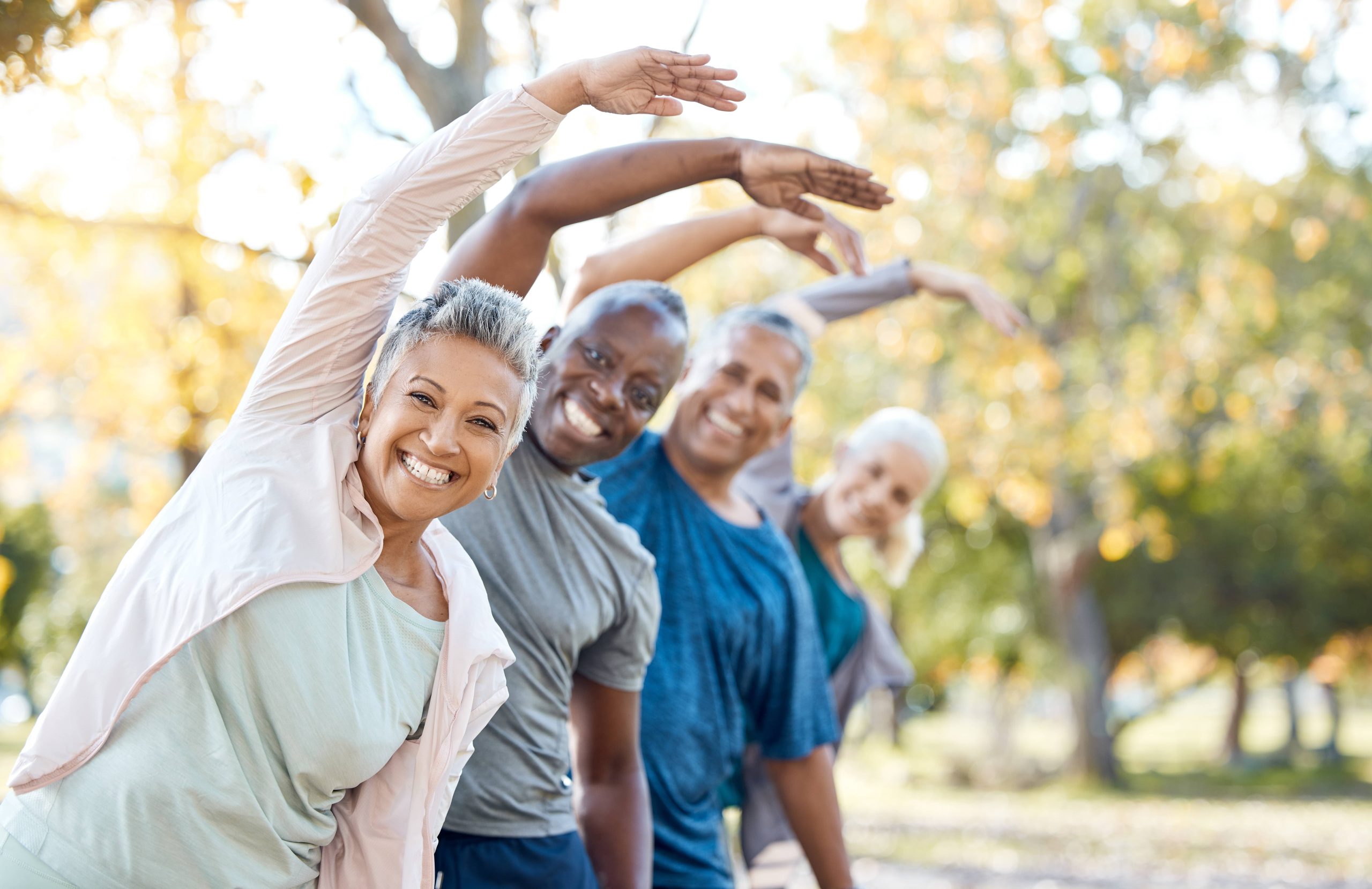
—
In a society where youth is often celebrated as the pinnacle of fitness and vitality, the concept of active aging is breathing fresh life into the narrative surrounding fitness for older adults. Active aging emphasizes maintaining physical health, mental acuity, and social engagement as we advance in years. As the global demographic of older adults rises, so does the importance of understanding how best to train and support their active lifestyles. This shift in perspective brings focus to specific needs and approaches necessary for effectively training older adults.
The Importance of Active Aging
Active aging is about more than simply extending the years of life; it’s about enriching those years with quality experiences, health, and independence. The World Health Organization (WHO) underscores the role of health promotion in aging populations, emphasizing the preservation of functional ability and well-being. Regular physical activity is a fundamental component, as it plays a crucial role in enhancing mobility, strength, balance, and mental well-being, all of which are vital to living independently and reducing the risk of chronic illnesses.
Unique Considerations in Training Older Adults
1. Recognizing Physiological Changes:
As we age, our bodies undergo significant changes. Muscle mass declines – a phenomenon known as sarcopenia – and bone density decreases, raising the risk for fractures and osteoporosis. Arthritis and joint discomfort can pose additional challenges. Cardiovascular capacity can also diminish, affecting endurance and energy levels. When training older adults, it is crucial to recognize these physiological changes and tailor exercise programs to accommodate, rather than exacerbate, these issues.
2. The Role of Strength Training:
Strength training emerges as a cornerstone in the fitness programs for older adults. Contrary to outdated myths suggesting that older adults should avoid resistance training, research shows that it plays a vital role in counteracting muscle loss, strengthening bones, and boosting metabolism. Programs should focus on exercises that promote functional strength, enhance mobility, and are adaptable to the individual’s current fitness level. A gradual progression in intensity and volume is critical to prevent injury while promoting growth and adaptation.
3. Emphasizing Balance and Flexibility:
Falls are a leading cause of injury among older adults. Incorporating exercises that enhance balance and flexibility can significantly reduce the risk of falls. Tai Chi, yoga, and stability exercises are excellent mediums for improving proprioception and mobility. These disciplines also encourage mindfulness and stress reduction, which contribute to overall mental health.
4. Cardiovascular Fitness:
While strength and balance are crucial, cardiovascular health cannot be overlooked. Cardiovascular exercises tailored to older adults help improve heart health, lung capacity, and endurance. Activities such as walking, swimming, cycling, or low-impact aerobics are generally well-tolerated and come with a lower risk of injury. As with any exercise regimen, programs should start slowly and build in intensity as tolerance increases.
Psychological and Social Aspects of Training
1. Overcoming Psychological Barriers:
The fear of injury, lack of self-efficacy, and sad acceptance of age-related decline can often discourage older adults from pursuing physical activity. Educating them on the benefits of exercise and setting achievable goals can help overcome these mental barriers. Motivational interviewing and positive reinforcement are powerful tools to inspire confidence and commitment.
2. Social Engagement:
Training programs that incorporate social elements can be more successful and enjoyable. The act of exercising with peers can enhance motivation, provide accountability, and contribute to improved mental health. Group classes or community fitness events foster a sense of belonging and purpose, combating the social isolation that can accompany aging.
Tailoring Programs to Individual Needs
No two individuals are the same, and this holds especially true in an older population where a wide range of abilities, interests, and health conditions exist. Personalizing fitness programs ensures safety and effectiveness. This might involve modifying exercises for those with specific medical conditions, varying the intensity based on fitness levels, or incorporating activities that align with personal interests to improve adherence.
Safety Considerations in Training
1. Medical Clearance:
Before starting any new exercise regimen, it’s crucial that older adults undergo a medical evaluation to identify any potential health risks. Collaboration with healthcare providers ensures that the exercise program complements existing treatments and considers any contraindications.
2. Monitoring and Feedback:
Close observation during exercise, coupled with regular check-ins, ensures that individuals perform activities safely and effectively. Trainers or instructors should be attentive to signs of fatigue, pain, or discomfort and be prepared to modify exercises as needed. Providing ongoing feedback and encouragement can enhance the training experience and outcomes.
3. Gradual Progression:
An effective program emphasizes gradual progression to build stamina, strength, and confidence. Progress should be measured not only by physiological improvements but also milestones in daily living – whether it’s climbing stairs effortlessly, playing with grandchildren, or simply feeling more energetic throughout the day.
The Role of Technology
Today’s technological advancements can play a supportive role in training older adults. From wearable fitness trackers that monitor activity and vital signs to virtual classes accessible from home, technology can offer both motivation and convenience. Online fitness communities further augment social interactions, providing another platform for connection and support.
Envisioning an Optimized Fitness Landscape
Enabling active aging through appropriate training requires a nuanced approach that respects the complexity of aging while celebrating the possibilities that come with it. By understanding the unique physiological, psychological, and social dimensions of this demographic, fitness professionals can design programs that not only improve physical health but also enhance quality of life. As we continue to break age-related stereotypes and redefine what it means to be fit at any age, the road to active aging becomes one of empowerment, inclusivity, and profound personal growth.
In conclusion, the fundamentals of training older adults are not merely about adapting exercises or ensuring safety; it’s about fostering a lifelong journey of health, engagement, and fulfillment. Let us embrace this journey with enthusiasm and dedication, helping older adults thrive in every aspect of their lives.











